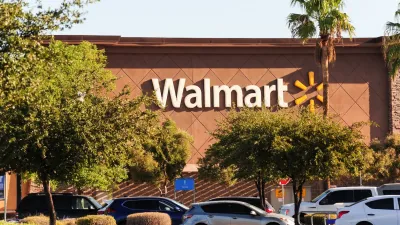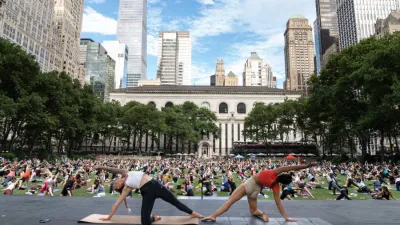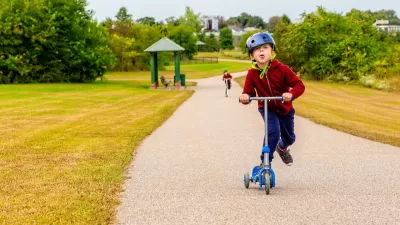Biophilia, originally thought to be an innate and universal love for nature, is now understood as a temperament trait with significant individual differences influenced by genetics and experience.

E.O. Wilson’s concept of biophilia, introduced in his 1984 book, proposes that humans possess an innate and universal love for the natural world. This idea has significantly influenced urban planning and architecture, promoting the integration of natural elements into human environments. However, Wilson himself later revised his stance, acknowledging biophilia as a set of learned behaviors rather than a singular instinct. Recent critiques, like those from Vanessa Woods and Melina Knuth, challenge the universality of biophilia, suggesting instead that it reflects individual differences and should be viewed as a temperament trait—a specific attraction to biodiversity shaped by both genetic and experiential factors.
Research supporting the Biophilia Reactivity Hypothesis highlights that not everyone responds positively to nature, with studies showing variations in stress levels when individuals are exposed to natural versus urban settings. For instance, while most participants experienced reduced cardiovascular stress in forests, a notable minority found such environments more stressful. These findings align with the hypothesis that biophilia is distributed along a spectrum, much like other psychological traits. Anecdotal and early research suggest that biophilic tendencies may emerge in childhood, influenced by both genetic predispositions and upbringing, as seen in children with a pronounced affinity for animals and nature.
This evolving understanding of biophilia opens doors to new research avenues, including the development of a Biophilia Quotient Scale to measure individual differences. Such a tool could explore the connections between biophilia and various life aspects, such as personality, career choices, and environmental advocacy. Understanding these individual differences could refine our approaches to conservation, urban planning, and education, tailoring them to better resonate with diverse human experiences of the natural world.
FULL STORY: Is Love of Nature in Our Genes?

Rethinking Redlining
For decades we have blamed 100-year-old maps for the patterns of spatial racial inequity that persist in American cities today. An esteemed researcher says: we’ve got it all wrong.

Planetizen Federal Action Tracker
A weekly monitor of how Trump’s orders and actions are impacting planners and planning in America.

Walmart Announces Nationwide EV Charging Network
The company plans to install electric car chargers at most of its stores by 2030.

New State Study Suggests Homelessness Far Undercounted in New Mexico
An analysis of hospital visit records provided a more accurate count than the annual point-in-time count used by most agencies.

Michigan Bills Would Stiffen Penalties for Deadly Crashes
Proposed state legislation would close a ‘legal gap’ that lets drivers who kill get away with few repercussions.

Report: Bus Ridership Back to 86 Percent of Pre-Covid Levels
Transit ridership around the country was up by 85 percent in all modes in 2024.
Urban Design for Planners 1: Software Tools
This six-course series explores essential urban design concepts using open source software and equips planners with the tools they need to participate fully in the urban design process.
Planning for Universal Design
Learn the tools for implementing Universal Design in planning regulations.
City of Moorpark
City of Tustin
City of Camden Redevelopment Agency
City of Astoria
Transportation Research & Education Center (TREC) at Portland State University
Regional Transportation Commission of Southern Nevada
Toledo-Lucas County Plan Commissions





























